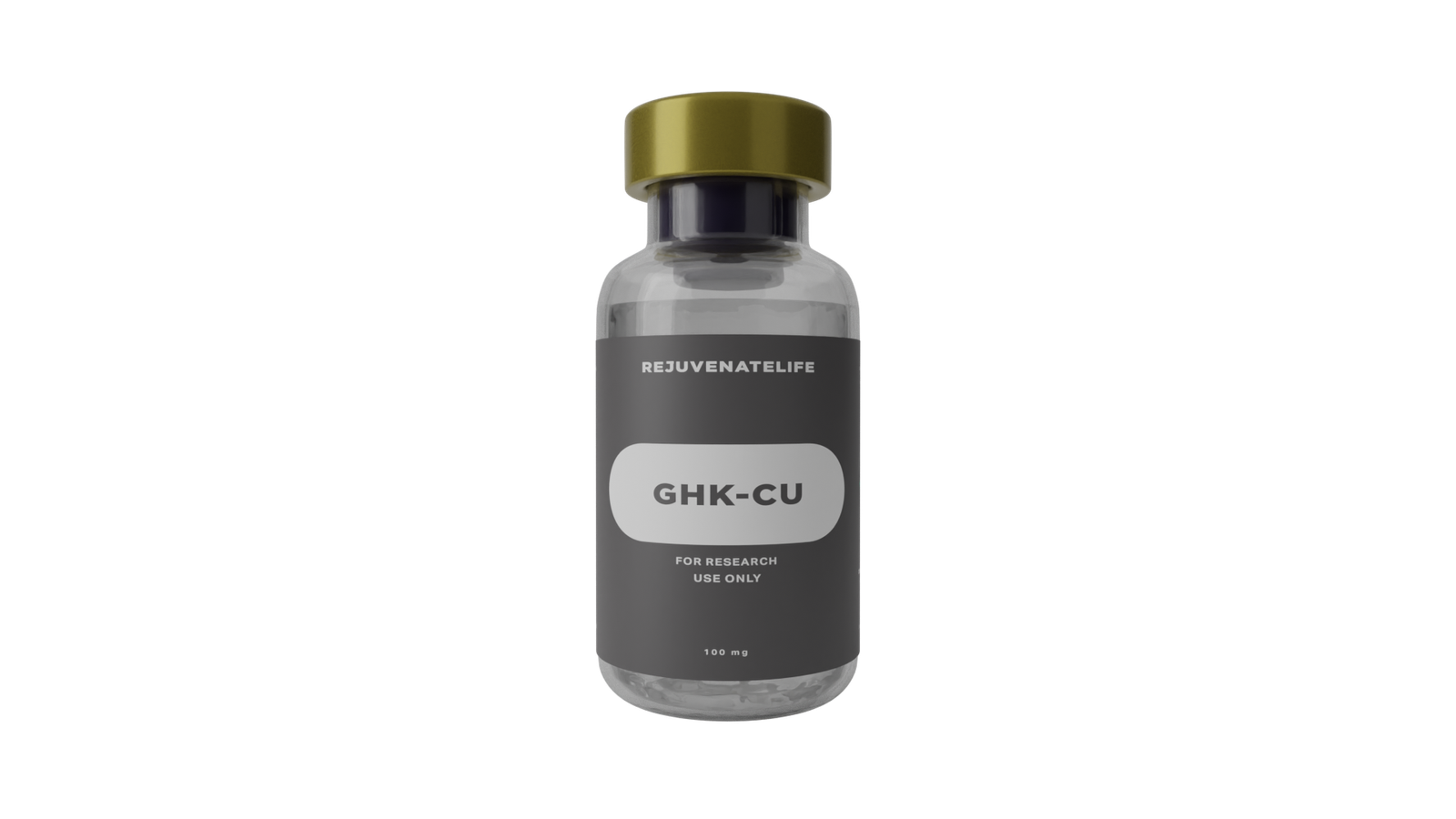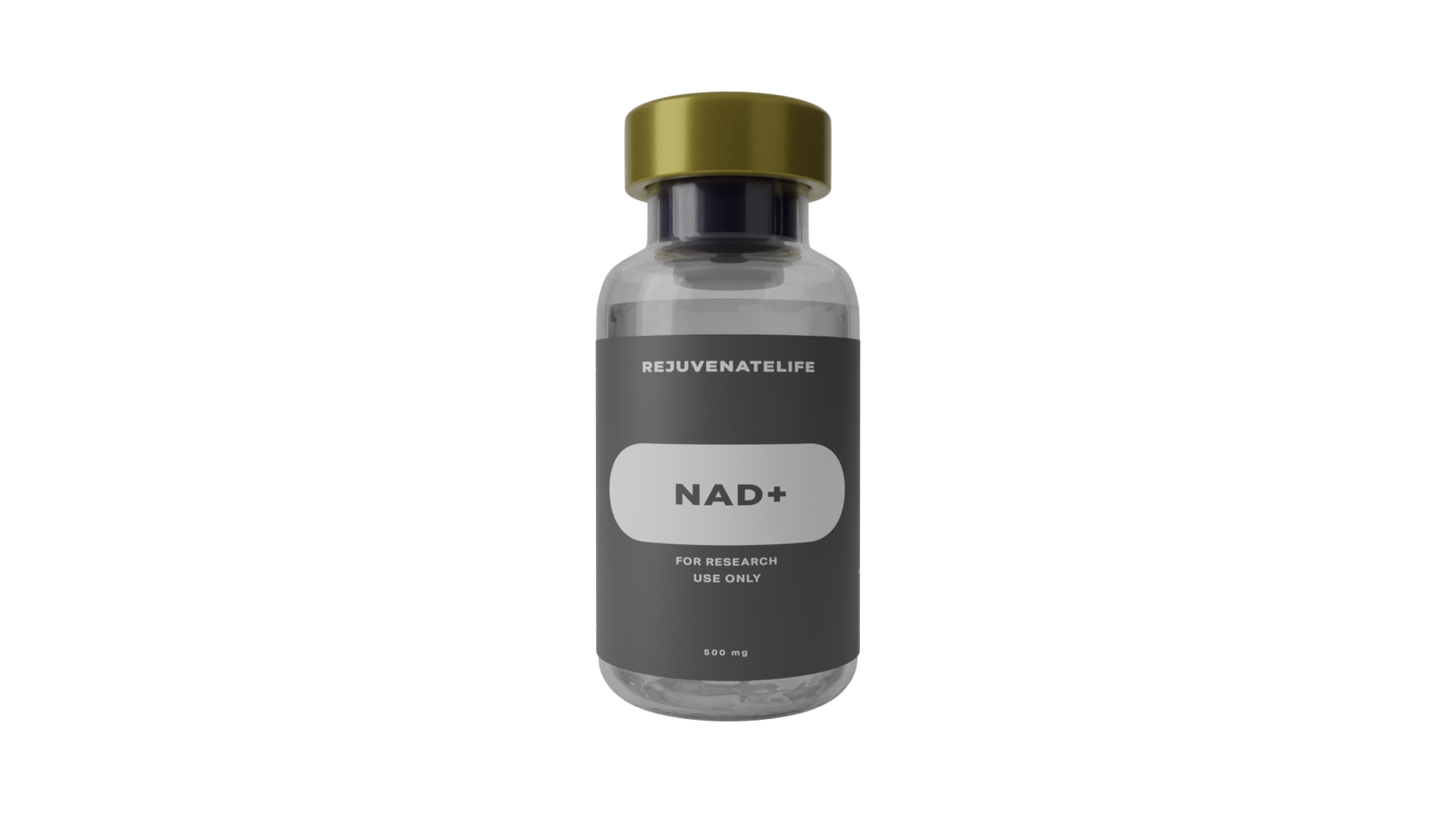Description
GHK-Cu (Copper Peptide): A Naturally Occurring Tripeptide for Regenerative and Biomedical Research
GHK-Cu is an endogenous copper-binding peptide composed of glycyl-L-histidyl-L-lysine, known for its pivotal role in biological repair and regeneration. Naturally present in human plasma, GHK-Cu levels decline significantly with age—dropping from approximately 200 ng/mL at age 20 to around 80 ng/mL by age 60. This age-related decrease has drawn scientific interest due to the peptide’s involvement in a wide array of physiological functions.
Functioning as a copper ion carrier, GHK-Cu is under investigation for its potential to influence collagen production, tissue remodeling, inflammatory modulation, and oxidative stress reduction—making it a promising candidate for studies in dermatology, wound healing, and neurobiology.
For research and laboratory use only. Not approved for human or veterinary use.
Mechanisms of Action: How GHK-Cu Works
Tissue Repair and Skin Renewal
The peptide’s biological effects are largely mediated through its ability to bind and deliver copper ions to tissues, enhancing regenerative pathways:
-
Collagen Production: Stimulates fibroblasts to produce collagen, a critical protein for skin structure, elasticity, and wound healing.
-
Antioxidant Activity: Exhibits protective effects against oxidative damage by scavenging free radicals and reducing cellular stress.
-
Inflammatory Regulation: Helps to modulate the body’s inflammatory response, which is often heightened during injury or aging processes.
Key Areas of Research and Application
Dermatological Research: Anti-Aging and Skin Repair
GHK-Cu has become a focal point in skin science due to its restorative properties:
-
Collagen & Elastin Stimulation: Promotes synthesis of essential proteins that maintain skin firmness, elasticity, and youthful appearance.
-
Skin Barrier Function: Aids in restoring the skin’s natural barrier, improving hydration and resilience.
-
Tone & Texture Improvement: Early studies suggest it may assist in reducing hyperpigmentation, uneven skin tone, and visible skin damage.
Wound Healing and Tissue Regeneration
Research supports the role of GHK-Cu in enhancing the body’s healing mechanisms:
-
Accelerated Healing: Demonstrates potential to speed up wound closure and support the regeneration of damaged tissue.
-
Localized Inflammation Control: Reduces inflammation at injury sites, potentially improving recovery time and outcomes.
Emerging Areas of Investigation
-
Cancer Metastasis Inhibition: Preliminary studies indicate a possible role in limiting the spread of cancer cells and supporting anti-tumor mechanisms.
-
Pain and Behavioral Research: Animal models show potential anxiolytic effects and reduced pain sensitivity, prompting interest in neurological and behavioral applications.
Scientific Interest and Research Relevance
-
Wound Care Research: GHK-Cu has been observed to outperform conventional treatments in some lab studies, particularly in tissue repair and wound closure.
-
Skin Health & Aging: Its regenerative properties make it a strong candidate for anti-aging and dermatological studies focused on skin texture, hydration, and resilience.
-
Pain & Mood Regulation: Animal studies have reported decreased pain responses and calming effects, suggesting potential research pathways into pain management and anxiety-related disorders.
⚠️ Disclaimer: GHK-Cu is supplied strictly for scientific research and laboratory investigation only. It is not intended for human use, consumption, or medical treatment. RejuvenateLife does not make any claims regarding the safety, efficacy, or therapeutic value of this product for clinical or personal use.





Reviews
There are no reviews yet.